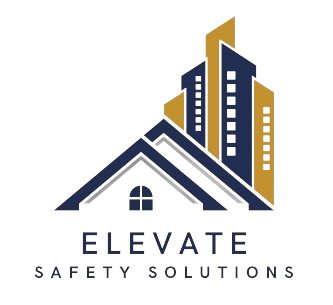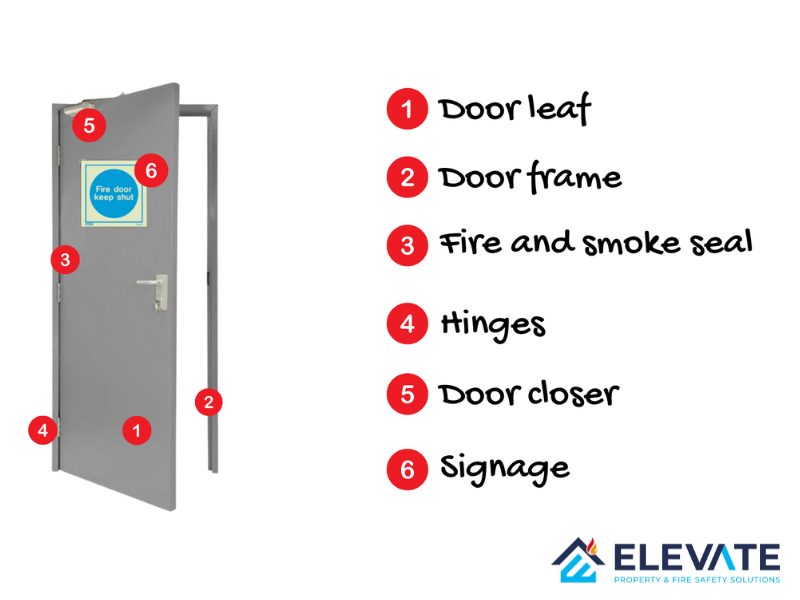
What Happens If You Ignore a Fire Door Inspection?
Understanding the Legal, Financial, and Life Safety Risks in the UK If a fire door inspection reveals defects and no action is taken, the consequences can be far more serious than you might expect. From unlimited fines and criminal charges to insurance issues and civil lawsuits, failing to act can










